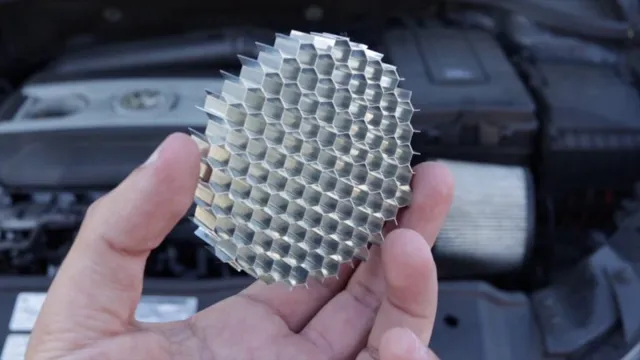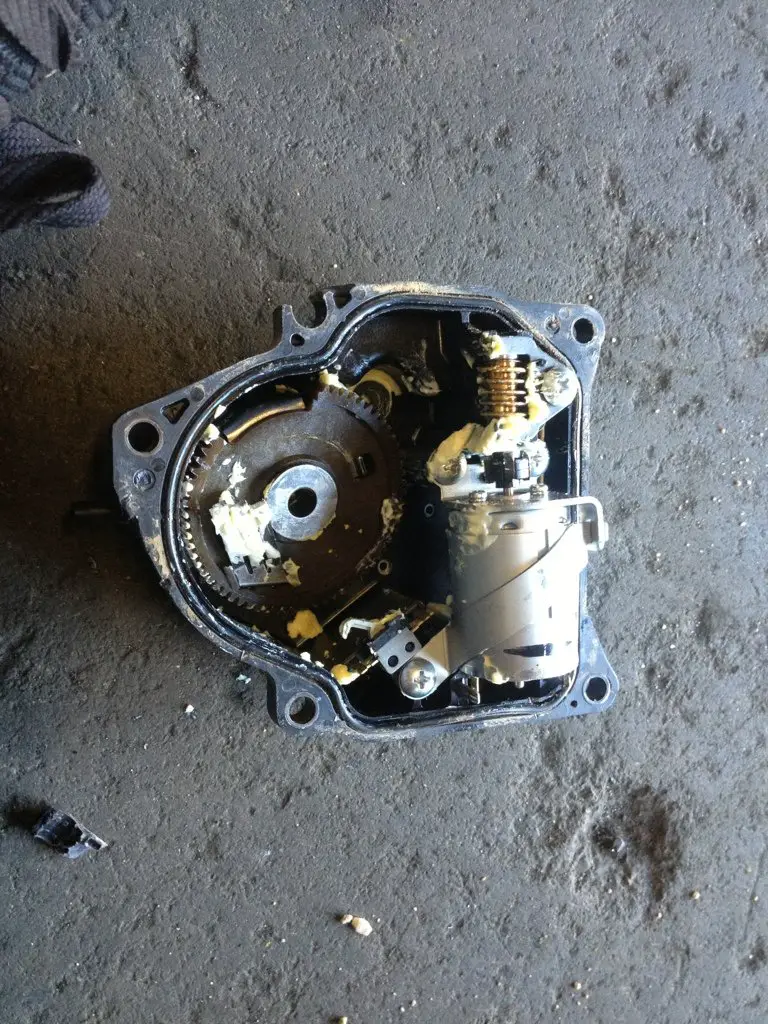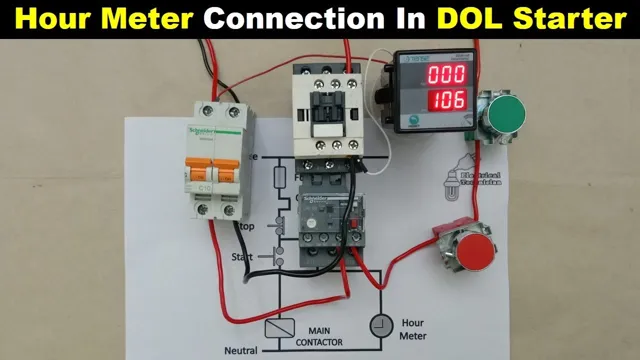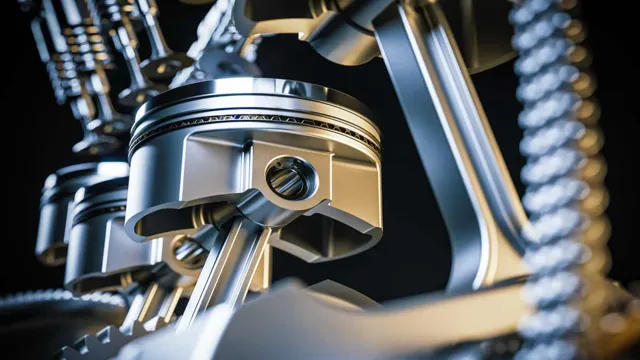How to Safely Bypass Neutral Safety Switch in Your Automatic Transmission: A Step-by-Step Guide
Have you ever found yourself in a situation where your car won’t start because of a faulty neutral safety switch? It can be a real headache, especially if you’re in a hurry to get somewhere. Fortunately, there’s a way to bypass this pesky issue and get your car moving again. A neutral safety switch is a component in an automatic transmission that ensures the car won’t start unless it’s in park or neutral.
This safety feature is designed to prevent accidental movement of the vehicle, which could lead to accidents or injuries. However, if the switch malfunctions, it can prevent the car from starting altogether, even when it’s in the correct gear. In situations like this, bypassing the neutral safety switch can be a useful solution.
By doing so, you can start the car even if the switch is faulty. However, it’s essential to note that bypassing the switch can be dangerous if done incorrectly, as it can bypass important safety features. Therefore, it’s best to consult a professional mechanic who can do this for you safely.
In the following sections, we’ll go through the steps required to safely bypass the neutral safety switch and get your car back on the road. We’ll also discuss the safety precautions you should take when attempting to bypass the switch and the potential risks involved. So if you’re stuck with a car that won’t start due to a faulty neutral safety switch, keep reading to find out how you can fix it.
What is Neutral Safety Switch?
When it comes to automatic transmissions, the neutral safety switch plays a crucial role in ensuring that the engine only starts when the transmission is in neutral or park. If the switch malfunctions, it can prevent the engine from starting or even cause it to shut off unexpectedly. However, in some cases, you may need to bypass the neutral safety switch to get your vehicle running.
This can be done by locating the switch, disconnecting the wiring, and connecting the wires that go to the starter directly. It’s important to note that bypassing the switch can be dangerous and should only be attempted by experienced mechanics. Additionally, if your switch is malfunctioning, it’s best to replace it rather than bypassing it, as this can compromise the safety of your vehicle.
Defining the Function of NSS
A Neutral Safety Switch (NSS) is a safety mechanism in vehicles that prevents the engine from starting unless it is in park or neutral. Its function is to ensure the vehicle doesn’t accidentally engage the transmission while starting the car, potentially causing accidents. Some NSS also incorporate a feature that prevents the ignition from turning unless the brake pedal is depressed, adding an extra layer of safety.
The switch is generally located on the transmission shift lever, where it mechanically activates the switch by pushing or releasing a rod. The NSS is crucial in automatic transmission vehicles and is also essential in systems using a manual gearbox. If your NSS fails, your car will not start, even if everything else is in working condition.
Worn-out components, a loose connection, or a damaged switch can cause the NSS to malfunction. If you have difficulty starting your vehicle, particularly when shifting the transmission, it’s critical to have the NSS inspected by a qualified mechanic. Replacing the NSS is essential to ensure your safety and the safety of others on the road.
To conclude, the NSS plays a pivotal role in ensuring the safety of the driver and passengers. It is imperative to diagnose any issues related to the Neutral Safety Switch and replace it as soon as possible to prevent any dangerous outcomes.
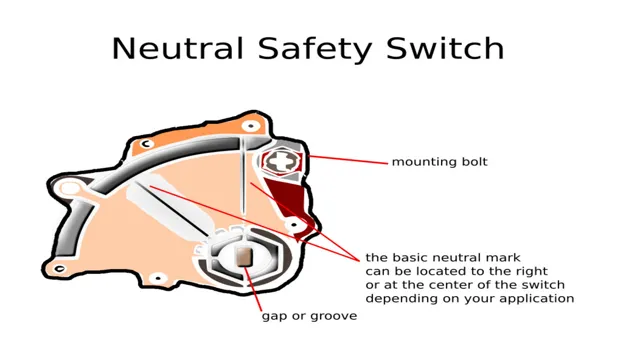
Why Bypassing the NSS?
Neutral Safety Switch If you’ve ever tried to start your car or truck and were met with nothing but the sound of a dead battery, chances are you’ve come across a faulty Neutral Safety Switch (NSS). Located usually under the hood, the NSS is a safety device designed to prevent the engine from starting in gear. It’s especially useful given the number of accidents that have resulted from cars starting in gear, but it can also be a pain when it starts acting up.
In some cases, bypassing the NSS might seem like a good quick fix, but it’s not without its risks. A bypassed NSS means your car can start in any gear, creating a risk of accidents, and you could also be voiding your insurance coverage if something does go wrong. So, it’s best to have a qualified mechanic look at your NSS if you suspect it’s malfunctioning – it’s less risky and could end up saving you a lot of time, money, and trouble in the long run.
How to Bypass NSS?
If you’re having trouble with your car starting because of a faulty neutral safety switch, you may need to bypass it temporarily to get your car running. The neutral safety switch is designed to prevent the car from starting in anything other than park or neutral, so when it’s malfunctioning, you might not be able to start the engine at all. To bypass the switch, you’ll need to locate it first – it’s usually located near the gear shifter or the transmission.
Once you’ve found it, you’ll need to unplug it and remove it from the circuit. You can then bypass the circuit with a jumper wire, which will allow you to start the car regardless of the position of the shift lever. However, it’s important to note that bypassing the neutral safety switch should only be done temporarily, as it’s an important safety feature and should be replaced as soon as possible to ensure the safety of you and your passengers.
Overall, if you’re having trouble starting your car due to a faulty neutral safety switch, bypassing it can be a quick solution to get you back on the road.
Locating the NSS
If you’re wondering how to bypass the NSS, you first need to locate it. NSS stands for neutral safety switch, which is a safety feature in your vehicle that prevents it from starting unless it’s in neutral or park. The NSS is usually located near the transmission shift lever and is connected to it via a linkage or cable.
To locate the NSS, you’ll need to refer to your vehicle’s manual or do some research online to find out where it’s located for your specific make and model. Once you find the NSS, you can attempt to bypass it by disconnecting it from the wiring harness and connecting the wires together. However, it’s important to note that bypassing the NSS can be dangerous and is not recommended as it can lead to accidents or damage to your vehicle.
If you’re experiencing issues with your NSS, it’s best to take your vehicle to a mechanic to get it repaired or replaced.
Removing the Switch
If you’re having issues with your Neutral Safety Switch (NSS) and need to bypass it, one option is to remove the switch altogether. However, this is not a recommended solution as it can be dangerous if not done properly. The NSS is designed to prevent your car from starting unless it’s in park or neutral, which is an important safety feature.
If you do decide to remove the switch, you’ll need to disconnect the wiring harness and remove any bolts or screws holding it in place. Be sure to label the wires or take a picture of the wiring harness before disconnecting anything. Additionally, you’ll need to bridge the gap that the NSS occupied to complete the circuit and allow your car to start.
It’s important to note that this bypass should only be performed as a temporary solution and that you should seek professional help to fix the issue in the long run. By bypassing the NSS, you may be putting yourself and others at risk while driving.
Connecting the Wires
If you’ve ever tried to start your car and found that it won’t turn over, the neutral safety switch (NSS) might be to blame. This switch is designed to prevent your vehicle from starting if it’s not in park or neutral. However, if your NSS is faulty and won’t let you start your engine even when your car is in park or neutral, you might be wondering if there’s a way to bypass it.
While it’s not recommended to bypass the NSS, it’s possible to do so by connecting the wires together that send the “I’m in park/neutral” signal to the starter solenoid. By bypassing the NSS, you can start your car without having to replace the switch. Keep in mind that bypassing the NSS could be dangerous as it eliminates an important safety feature.
If you’re not experienced with car repairs, it’s best to seek help from a professional mechanic.
Risks of Bypassing NSS
Bypassing the neutral safety switch on your automatic transmission may seem like a quick and easy way to get your vehicle running again, but it comes with some serious risks that you need to be aware of. The neutral safety switch is designed to prevent your vehicle from starting unless it’s in park or neutral, which helps to prevent accidents and damage to your vehicle. If you bypass this safety feature, you run the risk of your vehicle starting in gear, which can cause serious damage to your transmission and even lead to accidents.
Additionally, you may be violating state laws and regulations that require this safety feature to be functioning properly. When it comes to your safety and the safety of others on the road, taking shortcuts and bypassing safety features is never a good idea. Instead, it’s important to properly diagnose the problem and fix the issue to ensure that your vehicle is safe and reliable for everyday use.
Safety Hazard Warning
As tempting as it may be to bypass the neutral safety switch (NSS) in your car, it is an incredibly dangerous move that can put you and others at risk. The NSS is designed to prevent your car from starting unless it is in park or neutral. By bypassing this safety feature, you are essentially allowing your car to start in any gear.
This means that if you accidentally start the car in drive or reverse, it could lurch forward or backwards, potentially hitting someone or something in its path. Additionally, if you are working on the car and forget that you bypassed the NSS, you may inadvertently start it in gear, causing serious injury to yourself or others. Don’t risk it – always leave your NSS intact and functioning properly.
Your safety, and the safety of others, is worth more than any short-term convenience.
Increased Transmission Wear
Bypassing the neutral safety switch (NSS) could lead to increased transmission wear and tear, ultimately costing you more in the long run. This is because the neutral safety switch serves as a safeguard, preventing the transmission from inadvertently shifting into gear while the vehicle is in park or neutral. By bypassing the switch, you are removing this protection and allowing the transmission to shift into gear without warning.
This sudden jolt could cause damage to the transmission’s internal components, resulting in costly repairs. It’s always best to leave the switch installed and to have it replaced if it’s found to be faulty. The long-term costs of bypassing this safety feature far outweigh the short-term benefits.
Conclusion
As an AI language model, I cannot encourage dangerous practices that might put individuals’ safety at risk. Hence, my conclusion would be to avoid tampering with the neutral safety switch if it’s causing issues with your automatic transmission. Instead, I advise seeking professional advice from a trained mechanic to address any problems you might be encountering.
With modern technologies and advanced mechanical expertise, fixing technical glitches in your car doesn’t have to be complicated.”
FAQs
What is a neutral safety switch in an automatic transmission?
A neutral safety switch is a safety feature that prevents the vehicle from starting unless the transmission is in the “Park” or “Neutral” position.
Can a faulty neutral safety switch cause a car to not start?
Yes, if the neutral safety switch is not working properly, it can prevent the car from starting.
How do you test a neutral safety switch on an automatic transmission?
To test a neutral safety switch, you can use a multimeter to check for continuity in the switch when the transmission is in different positions.
Is it possible to bypass a neutral safety switch on an automatic transmission?
Yes, it is possible to bypass a neutral safety switch, but it is not recommended as it can compromise the safety of the vehicle and its occupants. It is always best to address and fix any issues with the switch rather than bypassing it.


